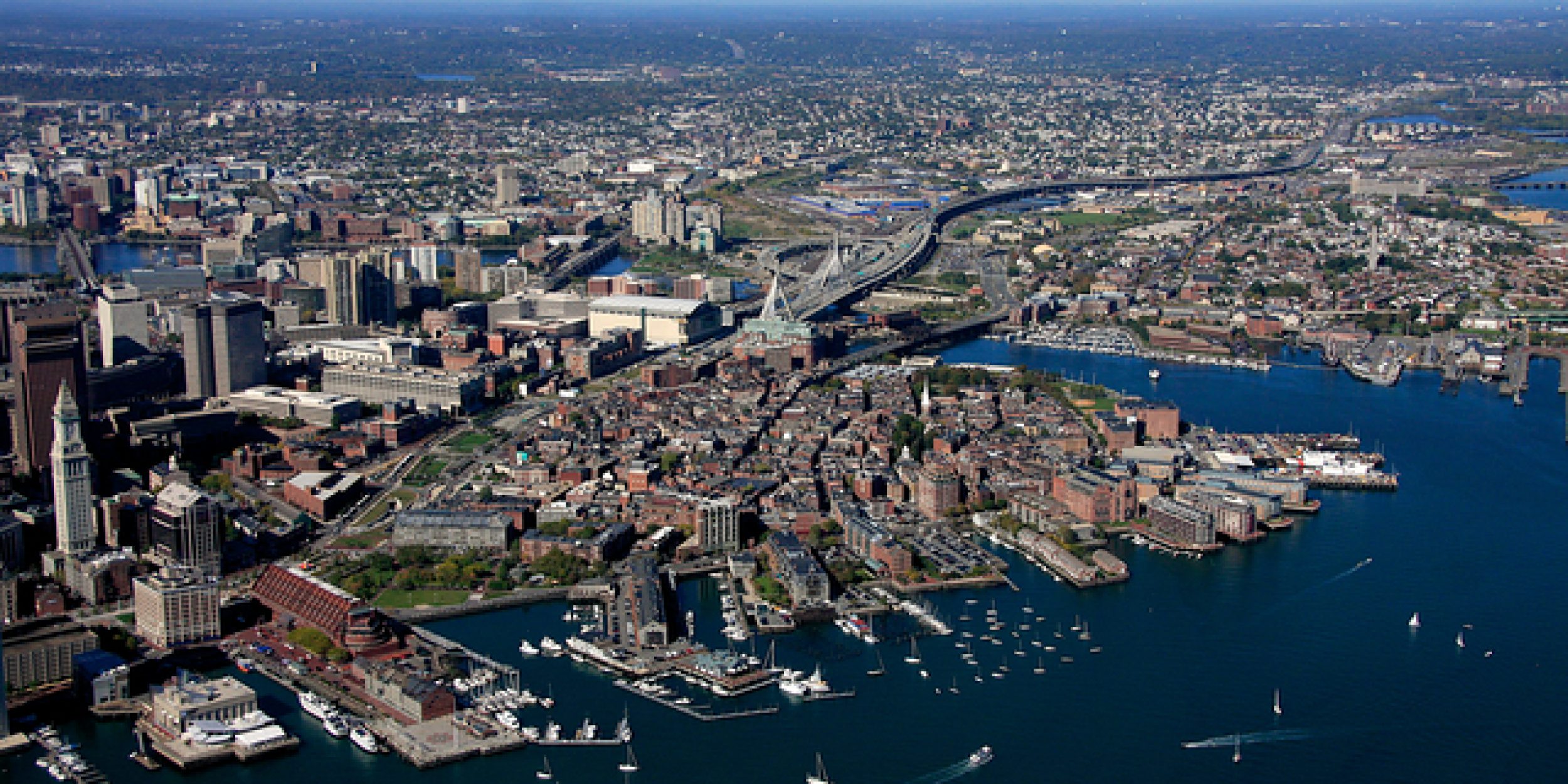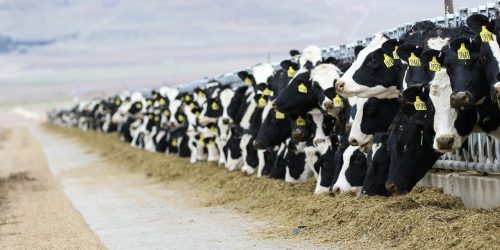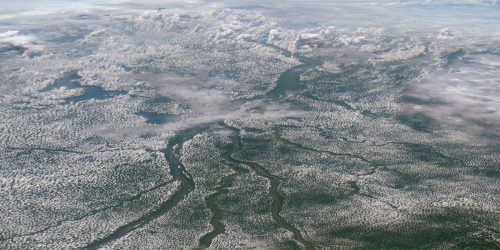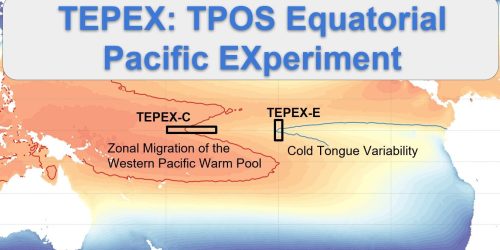Discussions of the anthropogenic contribution to climate change often focus on greenhouse gas emissions from fossil fuel combustion, but these emissions are not the only anthropogenic forcing. Changes to land use and land cover—from agriculture, forestry, or urban/suburban development—can also trigger changes not only in emissions, but also uptake and sequestration in soil and above ground biomass such as trees.


They project an increase in development and a decrease in forest cover in Massachusetts, which decreases carbon sequestration. However, vegetation within human settlements may offset some of this decrease sequestration.
Ultimately, they project that “changes in albedo and terrestrial C fluxes are expected to result in a global warming potential (GWP) of + 0.13 Mg CO2–C-equivalence ha—1 year—1 under the baseline trajectory, which is equivalent to 17% of the projected increase in fossil fuel emissions.”
This study underscores the importance of considering urbanization when projecting future climate changes.
To view the full report, visit: http://dx.doi.org/10.1016/j.scitotenv.2015.12.033
Assessing the Global Warming Potential of Human Settlement Expansion











